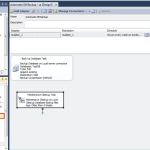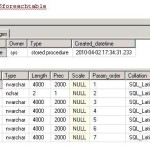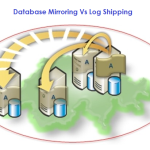ASP.Net – Introducing LINQ Data Providers
The LINQ language extensions allow you to query data in a consistent manner. However, LINQ also includes additions to the .NET Framework itself for working with specific types of data such as relational databases, XML, and objects.These additions allow you to connect to this data, query against it, and insert, update, and delete items within the data all by using strongly typed objects. The following lists the core data types ( LINQ Data Providers )LINQ supports in the .NET Framework:
- LINQ to SQL This addition allows you to connect to a SQL database and query data.You can create an object model to represent your database. You can then use LINQ to insert, update, and delete records as well as query this strongly typed object model.
- LINQ to DataSet This addition allows you to query against an in-memory, ADO.NET DataSet object. You can use the power of LINQ along with the ubiquity of DataSet objects to simplify working with cached data.
- LINQ to Entities This addition allows you to write queries against data modeled by using the Entity Framework (EF). The EF is a conceptual model of a database that typically involves an object-to-database mapping layer. LINQ to Entities allows you to query against this object layer by using the power of LINQ.
- LIN Q to XML This addition provides a LINQ-based interface for working with XML data structures. You can use LINQ to XML to create XML, load an XML file, query XML data, manipulate the XML, and transform the XML into another shape.
- LINQ to Objects This is the base level of LINQ programming. With LINQ to Objects, you are not writing queries by using an intermediate LINQ provider (such as LINQ to SQL or LINQ to XML). Instead, LINQ to Objects is simply the term for querying directly against any collection that implements the IEnumerable or IEnumerable<T> interface. Possible collections of this kind include List<T>, Array, Dictionary<TKey, TValue>, or even a string array.
Related Post:





